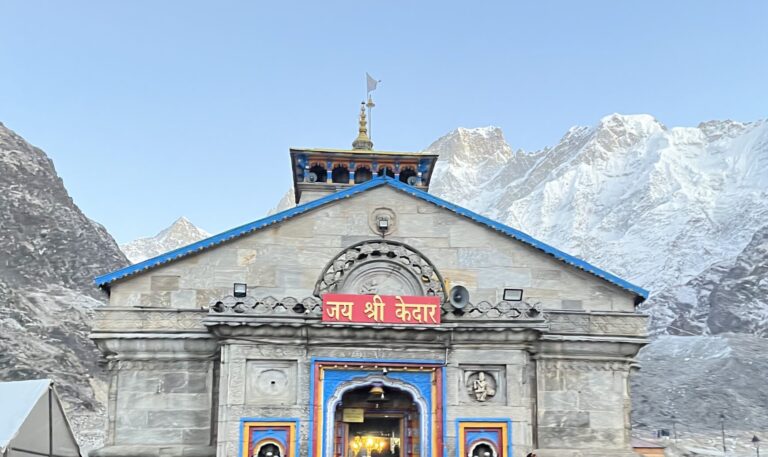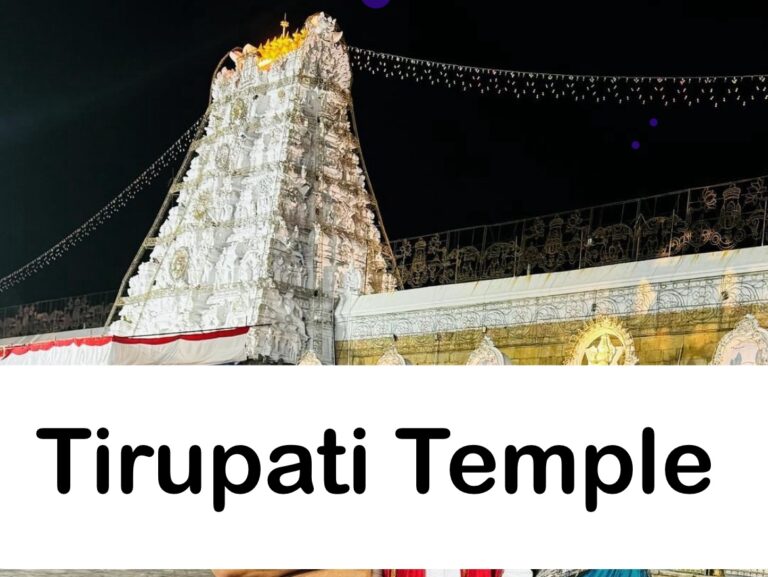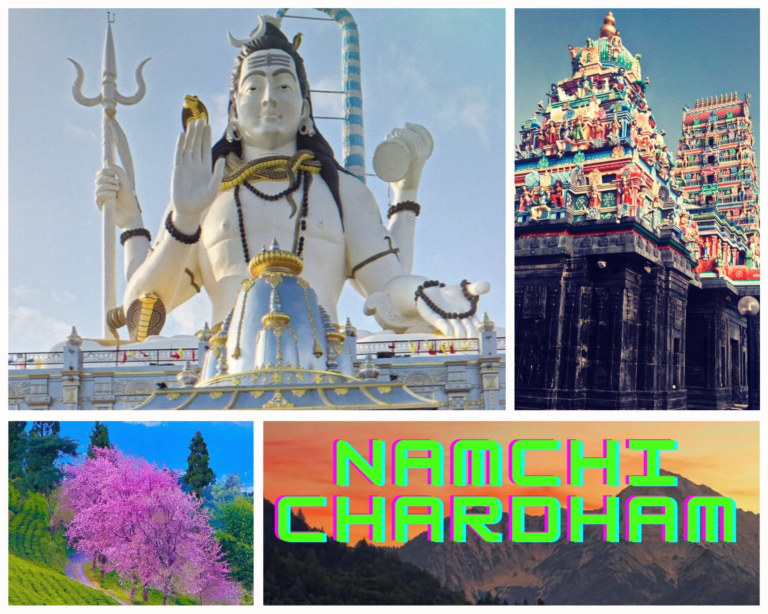Exploring the Mystique: Unveiling the Wonders of Kamakhya Devi Temple
Kamakhya Devi Temple
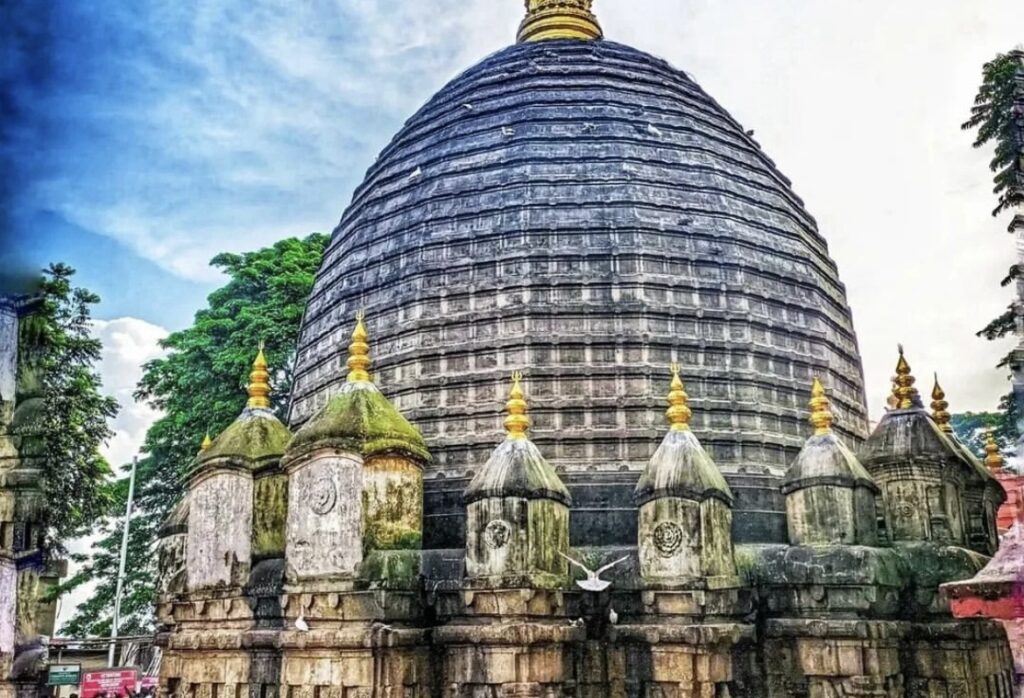
Introduction
On a hill in Guwahati, Assam, stands the Kamakhya Temple, showcasing India’s diverse culture. This old temple, devoted to goddess Kamakhya, attracts pilgrims, regular folks, and curious minds. Come with us to explore the enchanting Kamakhya Temple and learn its captivating stories.
Location of Kamakhya Devi Temple
Maa Kamakhya Devi Temple is located at top of the Nilachal Hills in Guwahati, Assam, overlooking the majestic Brahmaputra River in northeastern India.

Temple Architecture
As you ascend the stone steps leading to Kamakhya Temple, the architectural brilliance of the structure becomes apparent. The temple, constructed in the distinctive Nilachal style, boasts a unique blend of intricate carvings and symbolic motifs. The sanctum sanctorum, with its dome-like structure and ornate detailing, is a visual spectacle that leaves visitors in awe.
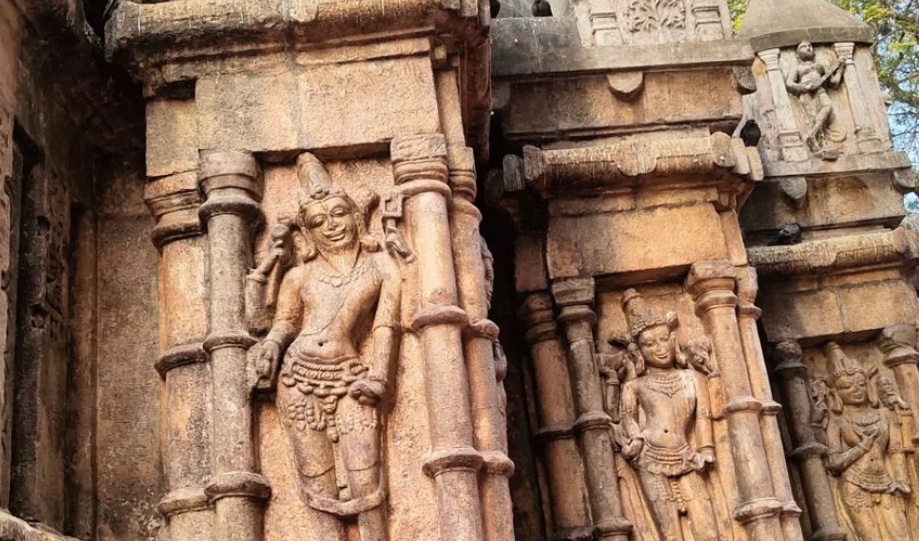
Unveiling Mystical Realms: Insights According to Hindu Mythology
The legend of Kamakhya revolves around the Hindu goddess Sati. According to mythology, Sati, the first wife of Lord Shiva, felt humiliated when her father insulted Shiva. Sati feeling very sad and hopeless, set herself on fire.Overwhelmed by grief, Shiva carried her body, causing chaos in the universe. To restore order, Lord Vishnu dismembered Sati’s body with his Sudarshana Chakra, and her various body parts fell at different locations, creating Shakti Peethas.
The Kamakhya Temple is believed to be where Sati’s womb and genitals fell. The temple celebrates the power of the goddess Kamakhya, symbolizing fertility and womanhood.
The annual Ambubachi Mela, marking the goddess’s menstruation, is central to this legend and attracts pilgrims seeking blessings and spiritual renewal.

Famous Ambubachi Mela
The Ambubachi Mela at Kamakhya Temple is a special yearly celebration. It marks the time when the goddess Kamakhya takes a break for three days, believed to be her period of rest. During this time, the temple closes, and when it reopens, lots of people join in rituals to seek blessings for things like having babies, good fortune, and spiritual growth.
The festival turns the temple area into an exciting gathering filled with faith, traditions, and magical moments. It’s a unique and vibrant event that leaves a lasting impact on the hearts of those who attend.
The Divine Feminine: Kamakhya Devi
At the heart of the temple’s spiritual significance is Kamakhya Devi, the revered goddess enshrined within. Often depicted as a powerful and nurturing force, Kamakhya Devi is worshipped as the ultimate symbol of feminine energy. The temple attracts devotees seeking blessings related to fertility, love, and prosperity.

The Enigmatic Menstrual Symbolism
One of the most intriguing aspects of Kamakhya Temple is its association with the unique celebration of the Ambubachi Mela. During this annual festival, the temple is closed for three days, symbolizing the menstrual cycle of the goddess. Devotees believe that the earth becomes impure during this time, and the goddess undergoes a period of rest and rejuvenation. The doors reopen on the fourth day, marking a celebration of fertility and life.
“Exploring the Mystery : A Glimpse into Tantrik Practices at Kamakhya Devi Temple”
In the hills of Assam, Kamakhya Temple holds not only spiritual charm but also a world of Tantrik practices. Tantrik rituals inside the temple tap into cosmic energy, especially during the unique Ambubachi Mela.
The temple’s architecture, with intricate carvings, reflects Tantrik philosophy. Seekers from afar come to experience the potent energies, making Kamakhya a hub for Tantrik exploration. It’s a mystical journey where ancient practices and divine connections converge, enriching the spiritual fabric of the temple.
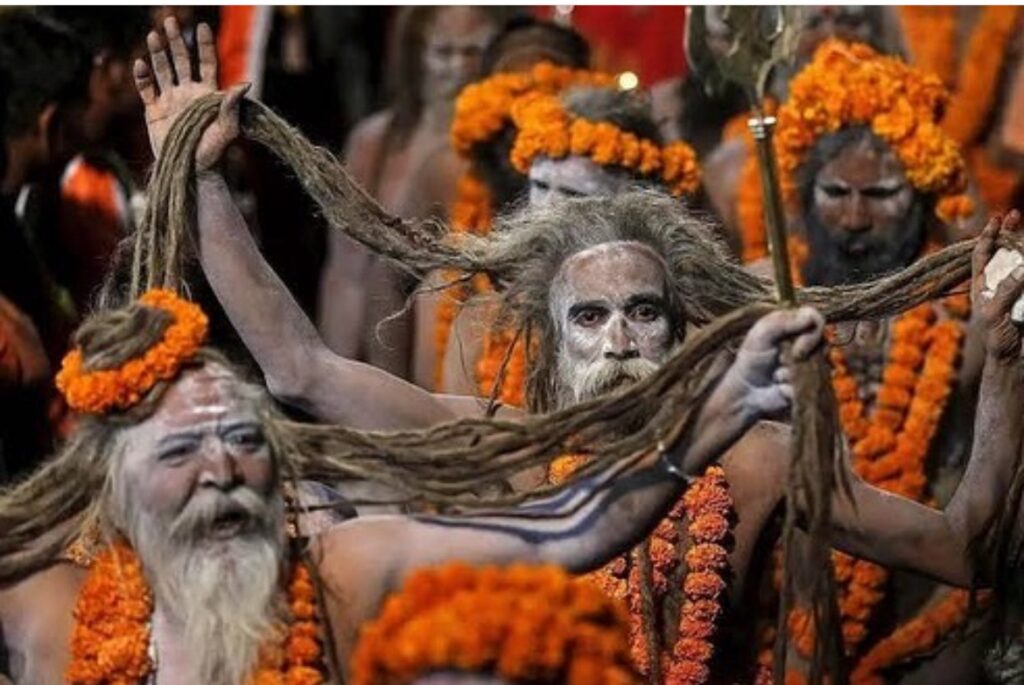
Spectacular Views and Rituals
Beyond its spiritual significance, Kamakhya Temple offers breathtaking panoramic views of the Brahmaputra River and the surrounding landscape.
Visitors can witness a myriad of rituals, from traditional dances to the rhythmic beats of drums, creating an atmosphere charged with energy and devotion. The temple complex is a living testament to the vibrant cultural tapestry of Assam.

Modern Relevance and Preservation Efforts
In the contemporary era, Kamakhya Temple continues to draw pilgrims and tourists alike. Efforts to preserve its historical and cultural significance have been undertaken, with various conservation projects ensuring that this architectural marvel stands the test of time. The temple serves not only as a place of worship but also as a symbol of cultural identity for the people of Assam.
How to reach Kamakhya Devi Temple
By Air:
The nearest airport to Kamakhya Temple is Lokpriya Gopinath Bordoloi International Airport in Guwahati then take a taxi or other local transportation to reach the temple.

By Rail:
The closest railway station is Guwahati Railway Station. From the railway station, one can hire a taxi or use local transportation to reach Kamakhya Temple.
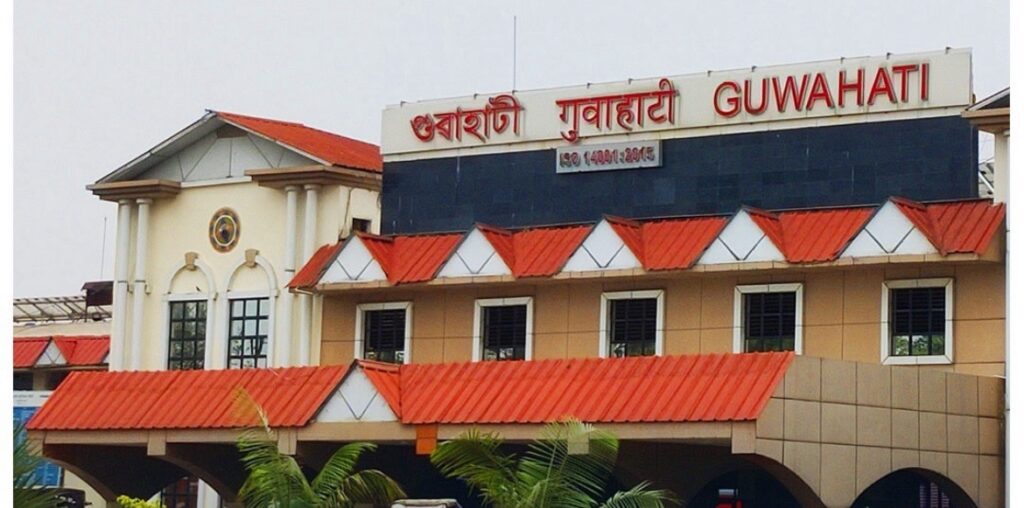
By Road:
Kamakhya Temple is accessible by road, and Guwahati is the nearest major city.
Conclusion
Kamakhya Temple stands as light of spirituality, history, and culture in the heart of Assam. Its magnetic pull attracts individuals from diverse backgrounds, inviting them to witness the confluence of ancient traditions and contemporary vibrancy. As you stand on the sacred grounds of Kamakhya Temple, you can’t help but feel a sense of connection to the rich heritage that defines this mystical place.
To know more about puja rituals and to visit temple follow official link SriMandir
2. Kamakhya Devi Temple
For more blog visit our sitehttp://www.hindsafari.com




